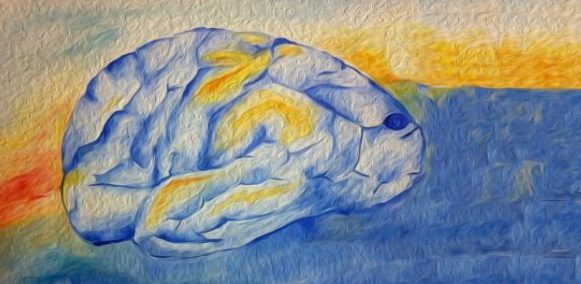Theoretical neuroscience
Theory of spike initiation, sensory systems, autonomous behavior, epistemology
Editor Romain Brette
Dendritic trafficking faces physiologically critical speed-precision tradeoffs (2016)
Alex H Williams, Cian O'Donnell, Terrence J Sejnowski, Timothy O'Leary
PubMed: 28034367 DOI: 10.7554/eLife.20556
Plasticity and protein turnover require intracellular transport of molecules. How can molecules be delivered at the right place? A popular model is the “sushi belt” model: material moves along a belt (microtubules) and synapses pick from it at a variable rate. There are different ways to regulate the amount of material that is delivered at different places, for example to regulate the rate of capture, or to regulate trafficking rates (the speed of the belt; although here the analogy with the sushi belt does not work so well). This model, which is not a mathematical model but rather a vague conceptual model, raises very interesting theoretical questions, which are examined in this paper. For example, how is it possible to ensure that material is delivered at different sites in appropriate amounts, based only on local demand signals? If a synapse picks from the belt, wouldn’t that affect delivery to all downstream synapses? The authors formalize the sushi belt model mathematically, and examine essentially two variations, one where the trafficking rates are regulated, another where capture rates are regulated. The study shows that it is in fact not at all trivial to make the model functional, in terms of precision (delivering the right amount of material) and delivery speed. I suspect that there are better ways to regulate the trafficking and capture rates than proposed there, but in any case this study has the merit of formalizing the model and some of the functional problems. Although the model was conceived for dendritic trafficking, I suppose it should also apply to the axon, for example for the maintenance of excitability via protein turn-over. Note that there are other theoretical studies on intracellular trafficking, in particular by Paul Bressloff (e.g. Bressloff and Levien, 2015, https://journals.aps.org/prl/abstract/10.1103/PhysRevLett.114.168101).
